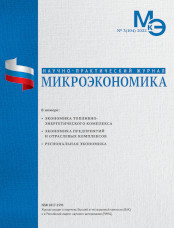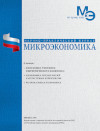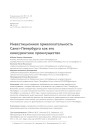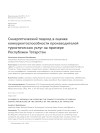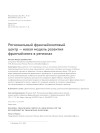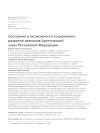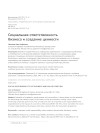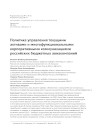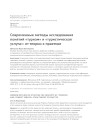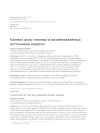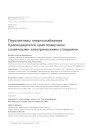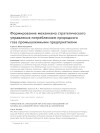Investment attractiveness of Saint Petersburg as its competitive advantage
DOI: 10.33917/mic-3.104.2022.94-101
The purpose of the article is determined by the need to identify the types of activities in which investment will provide an intensive path of development of St. Petersburg. The article analyzes the competitive advantages of the investment attractiveness of St. Petersburg. The analysis is based on the provisions of the Strategy of socio-economic development of St. Petersburg for the period up to 2035 and assessments of national ratings of regions. The author’s definition of the investment attractiveness of the region is given, which determine the competitive advantages of the region as an opportunity to invest in activities that provide an intensive path of development of the region.
References:
1. Galiullin I.R. Evaluation of the synergy effect in the study of the competitive market in the service sector on the example of the DIY sector / I.R. Galiullin, I.V. Zhukovskaya. Microeconomics. 2019;2:44-49. (In Russ.).
2. Zhukovskaya I.V. The specifics of the study of the service market on the example of the Republic of Tatarstan. Microeconomics. 2020;5:93-98. (In Russ.).
3. Official information of the Federal Agency for Tourism. URL: tourism.gov.ru
4. Ragimkhanov A.V. Systematization of scientific approaches to the study of the competitiveness of services: from theory to practice. / A.V. Ragimkhanov, I.V. Zhukovskaya. Microeconomics. 2022;1:75-78. (In Russ.).


